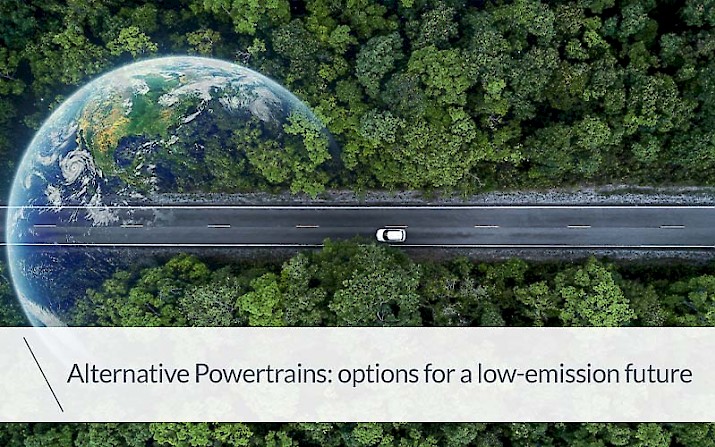
Whilst the world is facing the challenges posed by climate change and by the need to reduce greenhouse gas emissions, the automotive industry is undergoing a transformation to include more sustainable and ecological options.
One of the main areas of innovation is the development of alternative engines, which can offer promising solutions with a view to reducing emissions and dependence on fossil fuels.
In this article we will take a look at the three main options regarding alternative engines which are shaping the nearest future of the automotive industry.
1. Hybrid
Hybrid engines represent a bridge between traditional internal combustion engines and vehicles powered completely by electricity.
As the name itself suggests, we use the term hybrid vehicle when an internal combustion engine (normally petrol) is combined with an electric engine powered by a battery.
This integration aims to combine the best of both worlds, promising better fuel efficiency, a reduction in emissions and higher performances.
To date, the principal and most commonly available types of hybrid engines are:
- Full hybrids: the vehicle can function with an internal combustion engine, the electric engine or a combination of both. The electric motor comes into play during acceleration and at low cruising speeds, reducing fuel consumption and emissions. The battery is recharged via a regenerative braking system;
- Plug-in hybrids (PHEV): offers a high degree of driving autonomy in electric mode, allowing the users to connect with a power outlet to recharge the battery. This allows short trips to be undertaken entirely using electrical energy, thus further reducing pollutant emissions;
- Mild hybrids: these vehicles use a smaller electric engine to supply a low power increase to the internal combustion engine, contributing to fuel savings and a reduction in emissions.
2. Electric
Over recent years, usage of electric vehicles has notably increased as a zero emissions alternative to traditional internal combustion engines.
These engines exclusively use electricity as a power source, eliminating polluting emission and reducing the overall carbon footprint.
There are two main types of electric engine:
- Battery electric vehicle (BEV): these are totally powered by electrical energy stored in high-capacity batteries. They offer a series of advantages, including zero emissions of pollutants and arguably lower operating costs. However, they require a diffused recharging infrastructure in order to permit longer journeys;
- Fuel cell electric vehicles (FCEV): use gaseous hydrogen to produce electricity via a chemical reaction with oxygen, emitting water vapour as a by-product. Even though refuelling should be fast and autonomous, and driving time is extended compared to battery powered cars, they face challenges related to the production of hydrogen and distribution infrastructure.
3. Bio and synthetic fuels
Bio and synthetic fuels offer a different power source which aims to reduce carbon emissions via the use of energy from innovative energy supplies.
These fuels can be used in traditional combustion engines without significant remodelling, thus offering a rapid transition from fossil fuels.
Two noteworthy alternatives are:
- Bio fuels: derived from renewable biological resources such as corn, sugar cane or algae, which can be mixed with conventional petrol or diesel, thus reducing the carbon footprint of vehicles, without the need to substantially change the current infrastructure;
- Synthetic fuels (E-fuels): created by combining energy produced from renewable sources (such as solar or wind energy) with carbon dioxide captured from the air. This process creates a carbon neutral fuel which can be used in existing internal combustion engines.
In conclusion
Whilst the automotive industry is intent on achieving a low-emission future, alternative power sources are becoming key players in this transformation.
They effectively create an alternative for the consumer that wants to avoid combustion engines paired with traditional fuels. Whilst electric vehicles offer a zero emissions driving experience, bio-fuels and synthetic fuels can offer lower emissions yet still adopt existing internal combustion engines.
With these innovative steps, drivers have a range of choice for future driving options that are more sustainable and cleaner. Continually evolving technology means that the route forward towards a low-emissions future is becoming clearer, and the automotive scenario is ready for a greener tomorrow.



